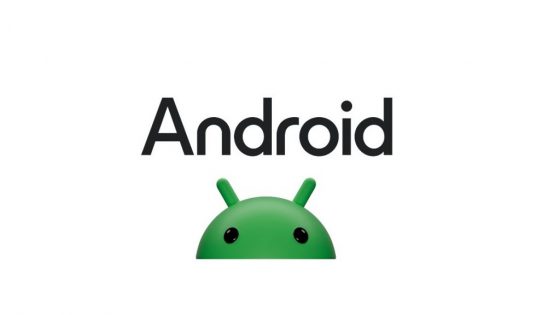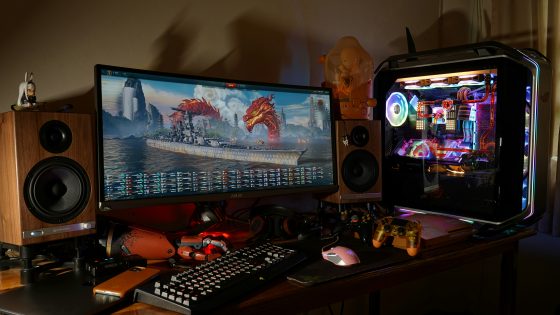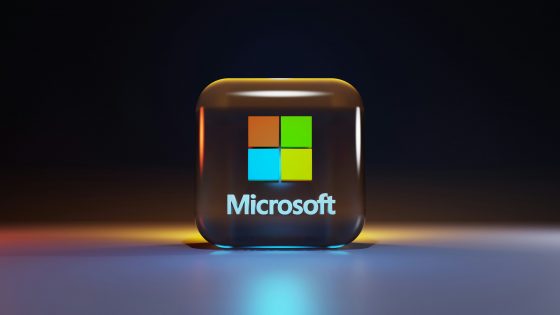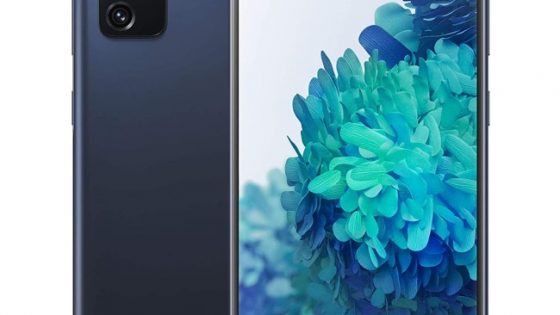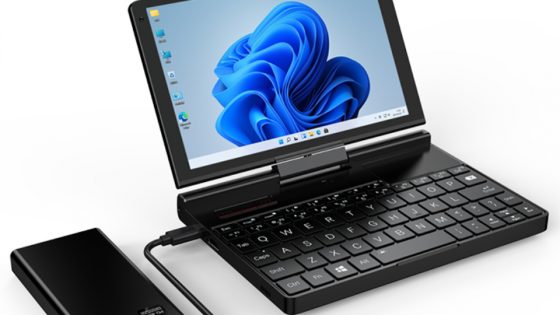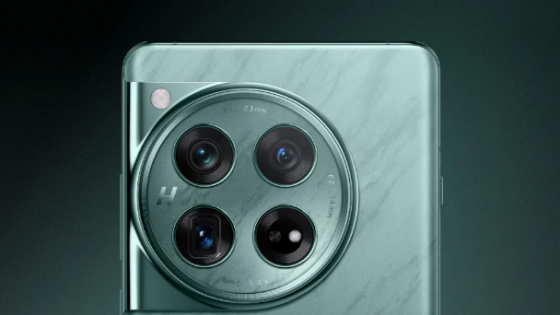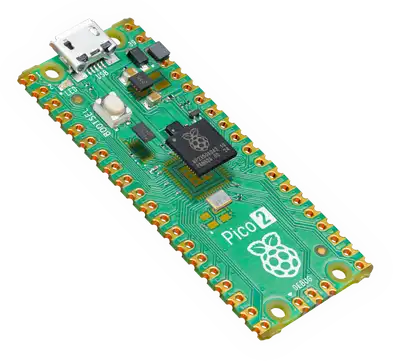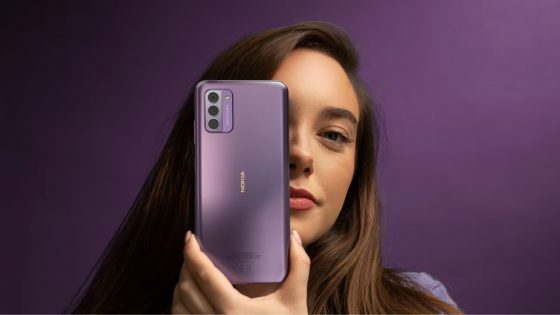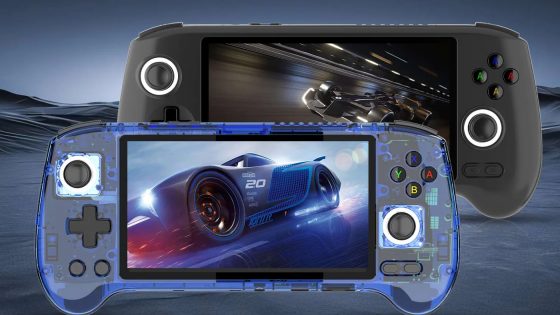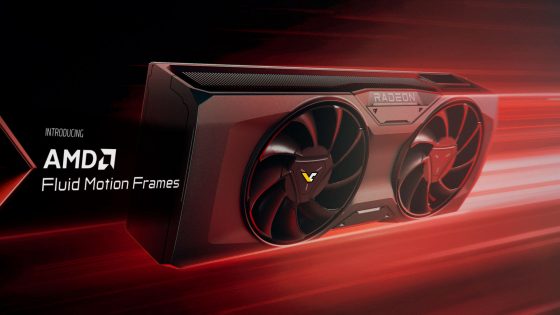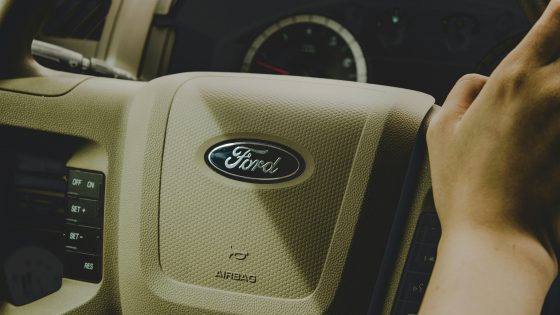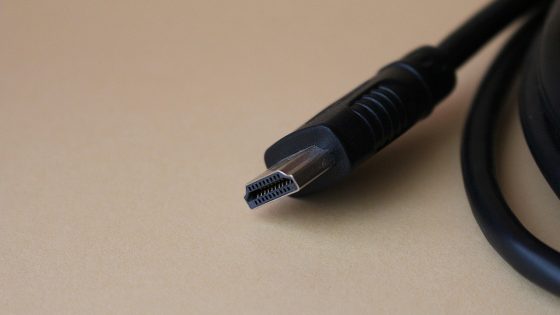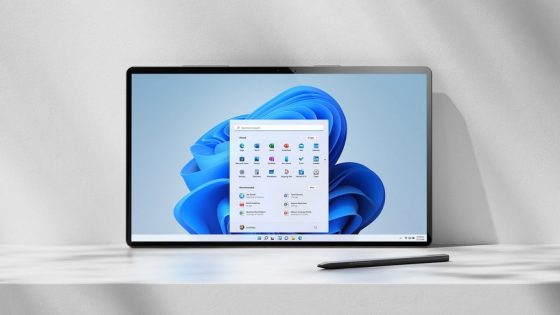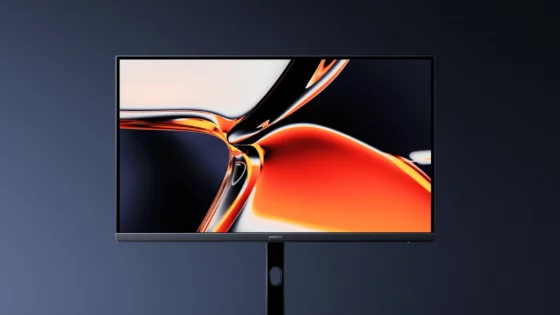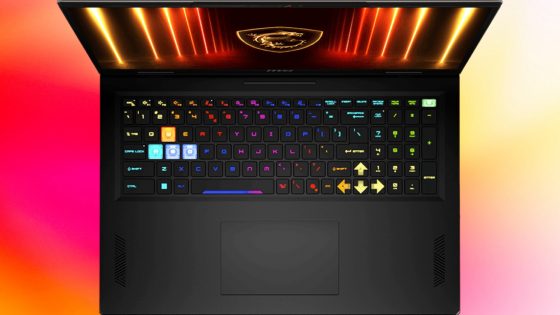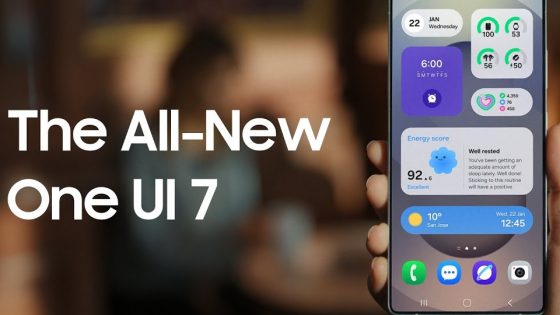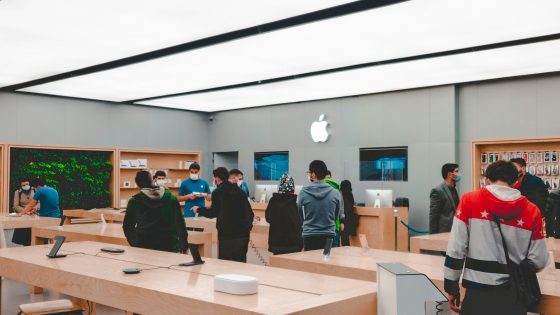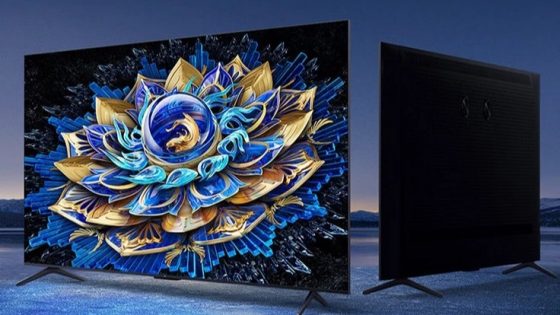In the left pocket, a Samsung Galaxy S25, and in the right pocket, a Galaxy S25+. Which one would you rather have?
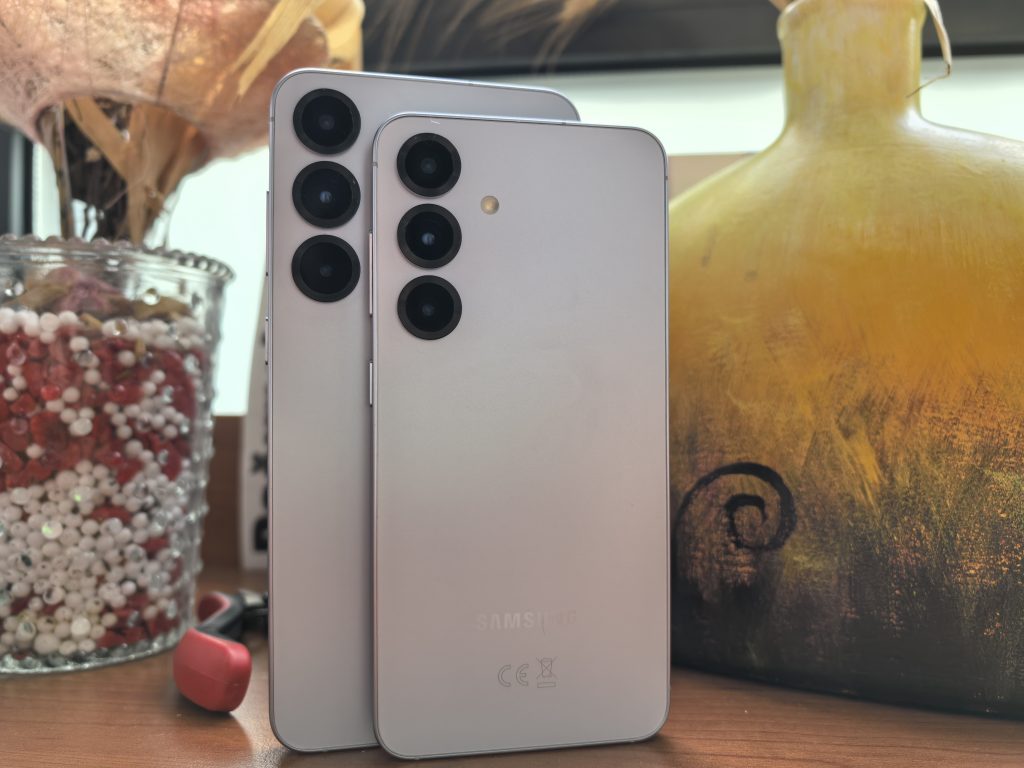
I've been testing Samsung's new phones for the past two weeks to come to a conclusion about which one I'd rather use every day. Samsung has made my job a lot easier because they're practically twins, except one is slightly larger with a higher resolution and a larger battery capacity. Everything else – chipset, cameras, materials – is practically the same. I'll also talk about this excessive sameness of recent years. Not from a point of view of criticism, because excessive negativity quickly becomes annoying and repulsive, but in the hope that next time I'll be amazed again by what Samsung has prepared.
Is this really a Galaxy S25? Am I holding a Galaxy S24 in my hands? Maybe a Galaxy S23? Who knows...
All Samsung Galaxy S25 phones, including the Ultra, suffer from the curse of excellence. Let's take a look at the Samsung Galaxy S22. You can get it used for a good €200. If I quickly search my memory, I can't find a new phone for the same money that can compete with it. If I weren't worried about the battery life of a three-year-old phone, I would immediately recommend it to you over the cheap Redmi, POCO, Galaxy A, Realme phones...
This is the curse of excellence. It's hard to improve an already good phone every year, but that doesn't mean you shouldn't at least try and innovate. That's why I always cringe at the fact that every year a new Samsung is similar to last year's and the year before, especially in appearance. They change the chip (like everyone else), add a new artificial intelligence (UI) function, for example, and we have a new phone that is of course good, but it could be damn good if they put 120 % of their own into the development instead of 80 %. Last year, Samsung filed the most patents, Huawei right behind it, but at least this year it's not noticeable on phones.
Samsung has all the data, so I assume they calculated when they had their most successful period. When they innovated every year or during a period of calm development? Considering the market share, which has not changed significantly in the last decade (except in China), I would say it doesn't matter. In Slovenia and many parts of Europe, they have an elusive advantage (even Apple is not close), so you can quickly become complacent.
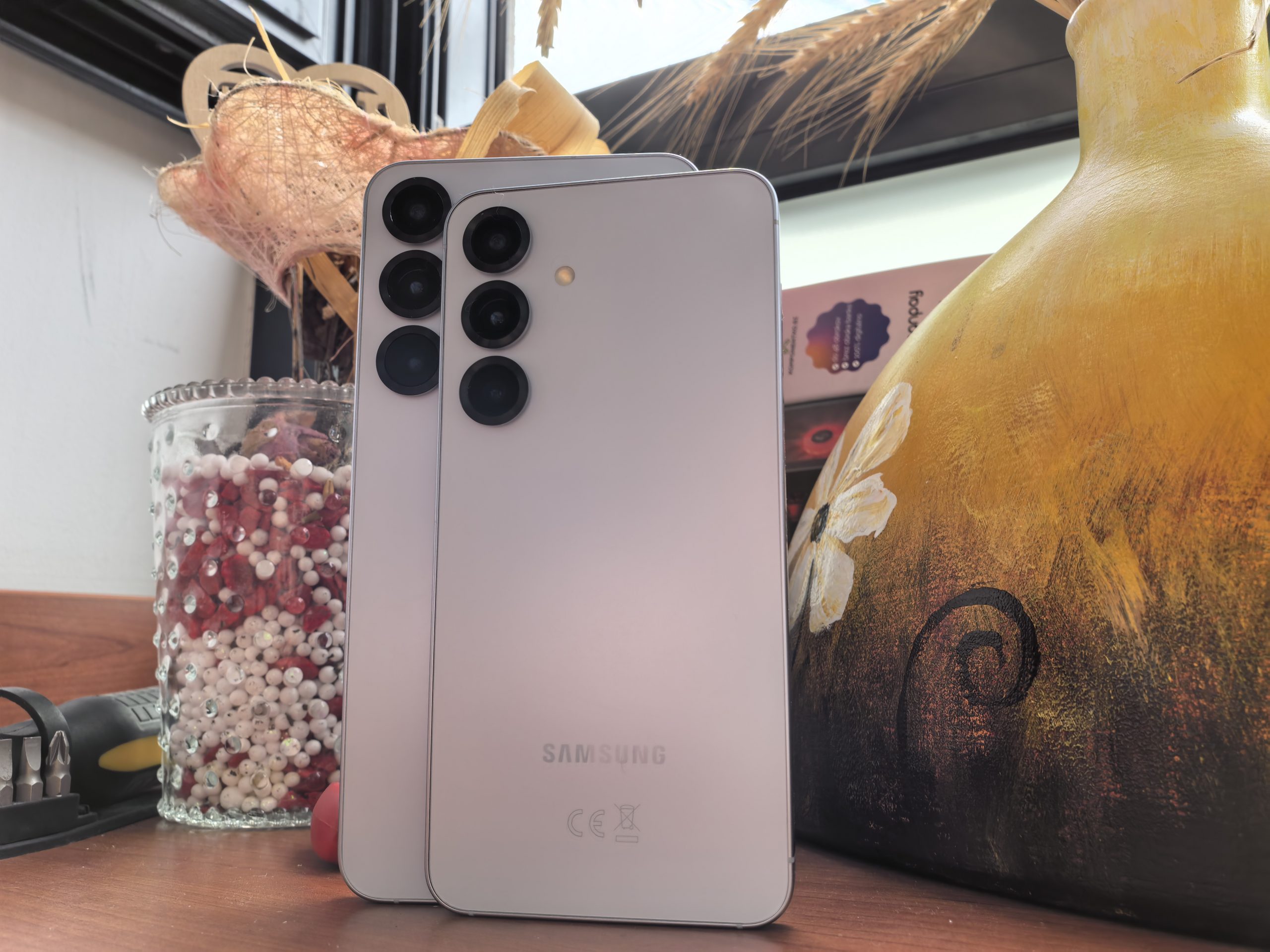
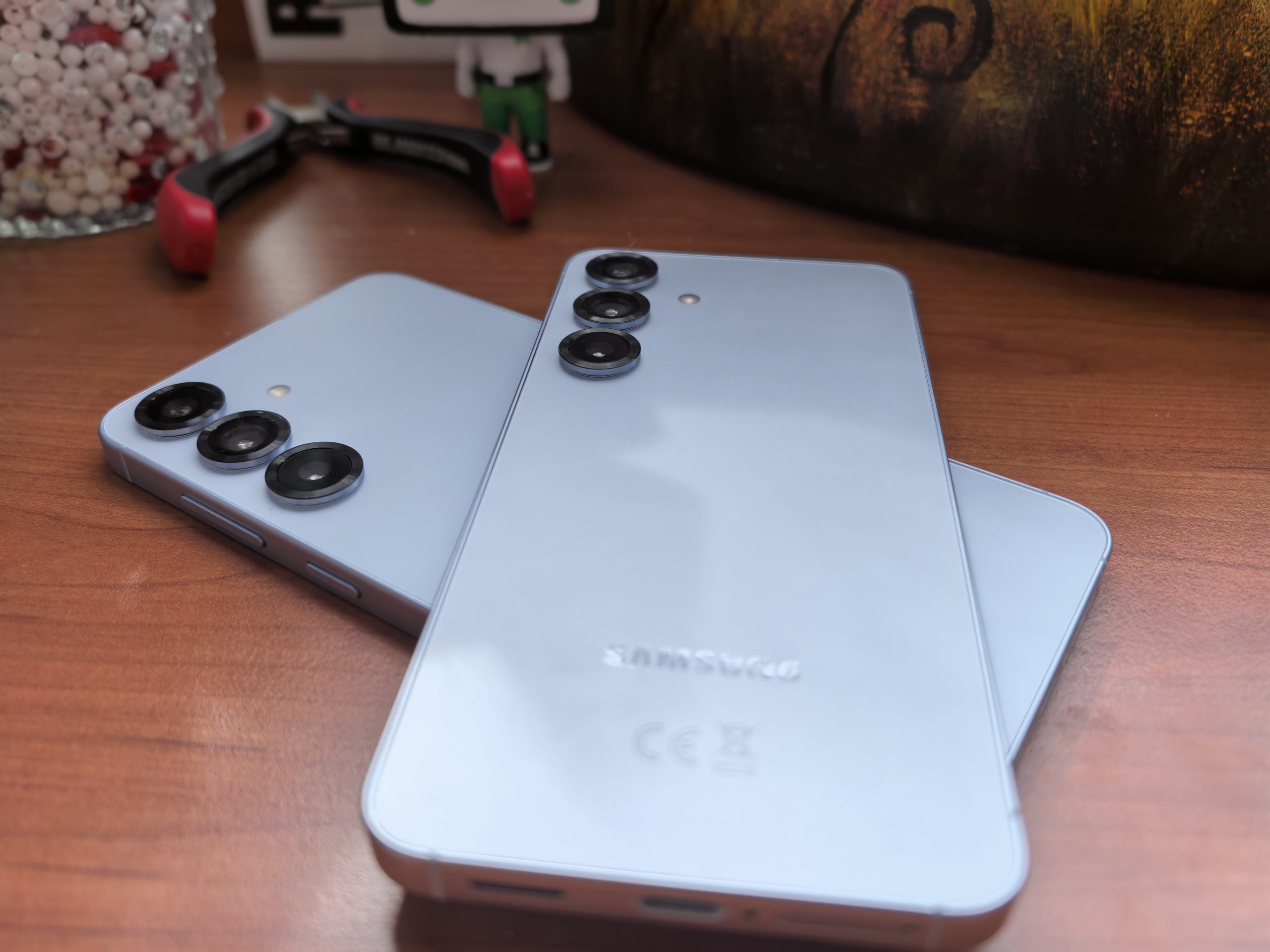
If I put the Samsung Galaxy S25 and Galaxy S25+ side by side, I can only tell them apart by their size. And from last year's phones, they have slightly different rings around the lenses.
The Plus version is larger (6.2 inches vs. 6.7 inches) with a slightly better resolution (1080 x 2340 vs. 1440 x 3120) and pixel density. The latter is strongly on its side, which no one will notice, because both screens are excellent AMOLED with a refresh rate of between 1 and 120 Hz. They are also bright enough, up to 2600 candelas (nits), although, for example, HONOR phones go up to 5000, and Xiaomi's are over 3000 candelas. It's a shame that Samsung didn't opt for the same anti-glare coating on the less premium versions as on the Galaxy S25 Ultra. When I tested the latter alongside the Huawei Pura 70 Ultra (similar maximum brightness), the Samsung was much less annoying to use in the sun. I found that you can buy a similar coating separately, which would be worth considering, at least for me.
Again, I have to scold the poorer PWM dimming frequency, which can cause discomfort to sensitive eyes, much more so than on competing phones. For example, the Xiaomi 15 completely replaced PWM with DC dimming, which does not have annoying screen flickering.
I'm torn on which size suits me better. The more compact (and almost 30 grams lighter) Galaxy S25 is better for everyday use, while I'd rather use the larger Galaxy S25 for multimedia and gaming. Since the latter means more to me, I'd go with the Samsung Galaxy S25+ based on the screen.
The housing of both is aluminum (the Ultra has a mixture of titanium and aluminum), which is durable and pleasant to the touch. This year's phones are less boxy because the edges are more rounded. I already mentioned with the Galaxy S25 Ultra that it is much more comfortable to wear, mainly because the edges do not cut the palm. The Ultra is still a concrete "brick", while the Galaxy S25 and Galaxy S25+ are much more modest in dimensions (they also do not need to store a stylus). The delicate glass on the front and back is protected by Corning's Victus 2 protection, and they have obtained an IP68 rating for water and dust resistance (HONOR also has IP69).
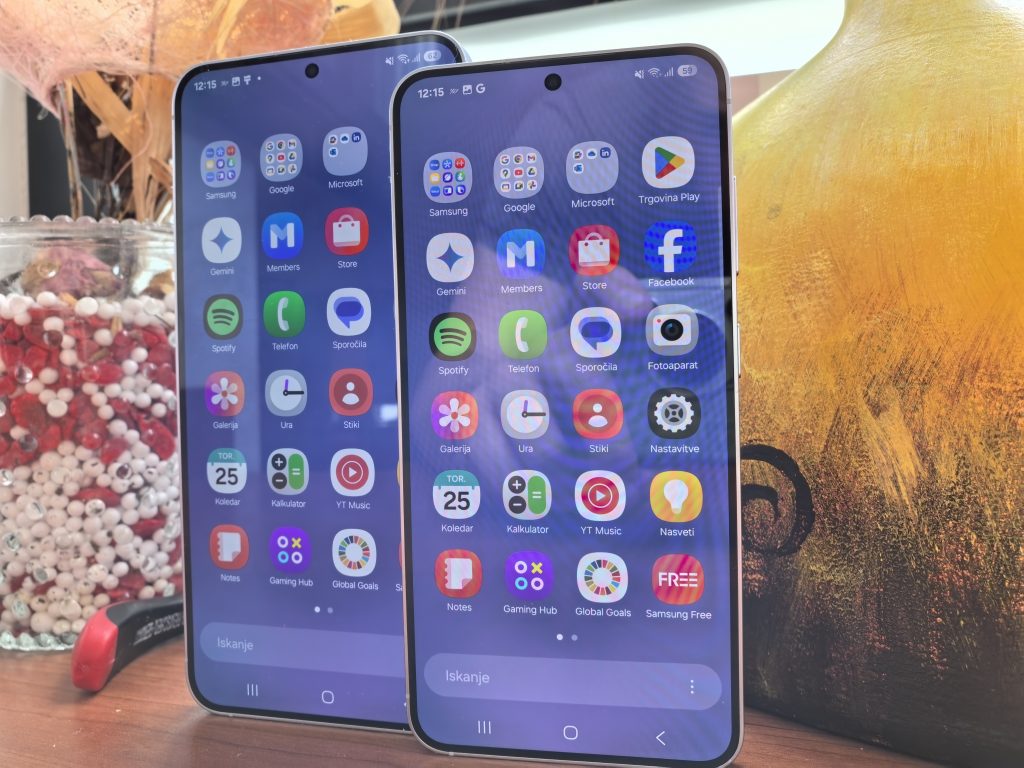
Goodbye Exynos (until next time), praise Snapdragon
Last year Samsung relegated us to the lower leagues with the Exynos 2400 chips, this year we're back in the Champions League with the Snapdragon 8 Elite. The difference between Exynos and Snapdragon chips is like night and day. Everything speaks in Qualcomm's favor: performance, efficiency, optimization, and what we can do with it. Exporting (4K) footage (if that's something you do on your phone) is much faster with the Snapdragon 8 Elite, playing mobile games is smoother, there are (or will be in a few months) dedicated drivers for playing Windows and Switch games using emulators (Winlator, Mobox, Citron, Yuzu ...), it also performs better with photography algorithms.
In short, if the Exynos chips were still built in, the Samsung Galaxy S25 and Galaxy S25+ would automatically be a class or two worse. Maybe they'll come back next year, so I'm enjoying this little celebration.
The only difference between the two phones is that the smaller Galaxy S25 throttles performance faster to prevent overheating. That's a difference of 5 %, so you won't be giving up anything by choosing the Galaxy S25.
For heavier workloads and opening countless apps/tabs at the same time, the Galaxy S25 and Galaxy S25+ have 12 GB (LPDDR5x) of RAM, which is enough for today's needs and the next few years. It may get stuck in games in a few years, but by then you'll have used the phone well and it'll be time to upgrade.
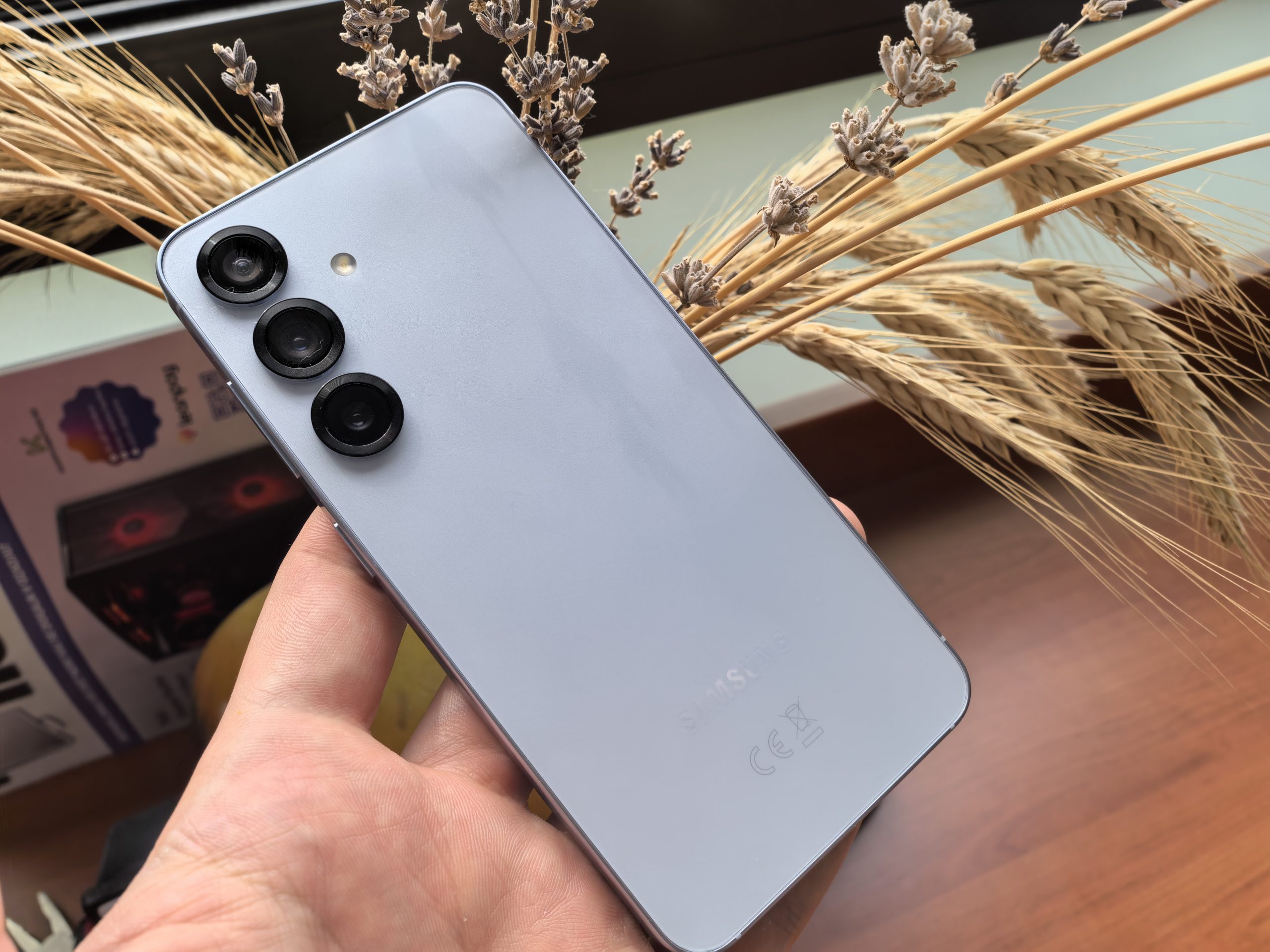
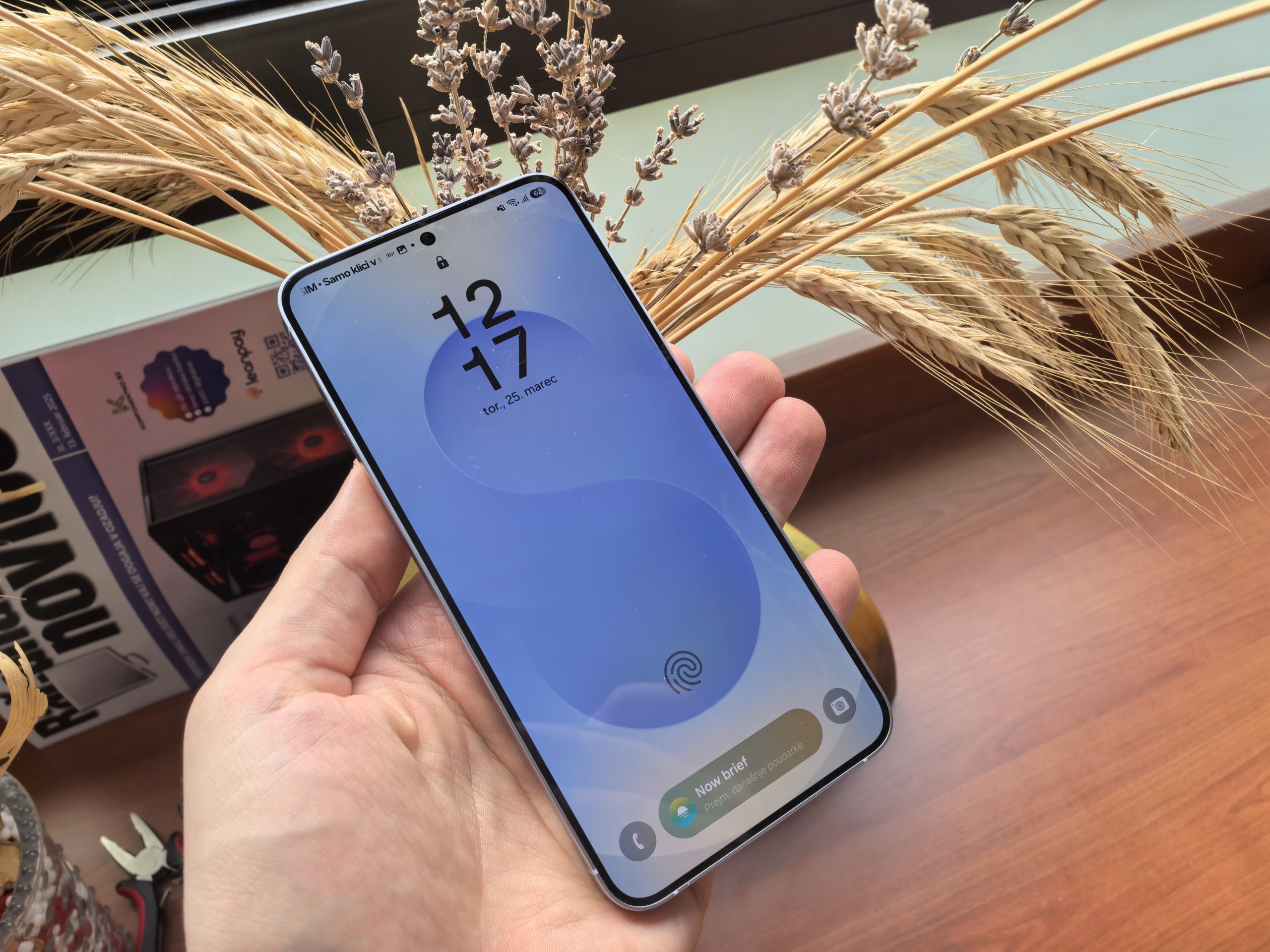
The default capacity of 128 GB for files is too modest for me. The system takes about 30 GB, leaving you with less than 100 GB, which you fill up very quickly with recordings and especially with games. One Windows game is quickly 50 GB, and each image is 10 MB in size on average these days. Better get 256 GB. Fortunately, Samsung does not exaggerate the price for higher capacities like, for example, Apple, which requires a left leg and a kidney.
All drive configurations are equipped with the UFS 4.0 standard for the highest speeds available on phones (the exception is the Xiaomi 15 Ultra with UFS 4.1). The size of the battery is directly related to the size of the phone, so the Galaxy S25 has 900 mAh more in the tank than the Galaxy S25. It also charges faster, almost twice as fast (45 W vs. 25 W), although this is not exactly a compliment, since the Chinese charge twice or three times faster. Both have the option of wireless charging (up to 15 W) and are also ready for the Qi2 standard, but without built-in magnets, so you will need to buy a compatible case. Overall, despite the larger screen, the autonomy is slightly better on the Samsung Galaxy S25+, but not by much.
A minor difference between the S25 and S25+ is the support for UWB (ultra wide-band), which the S25 does not have. UWB can be used for faster data transfers (much faster than Bluetooth and NFC), for faster and more accurate positioning (for example, in conjunction with Galaxy SmartTag trackers), and car manufacturers want to use the technology for digital keys. If none of this is important to you, ignore this drawback.
I've already talked about artificial intelligence and the One UI 7 system on the Samsung Galaxy S25 Ultra, so I won't repeat myself.
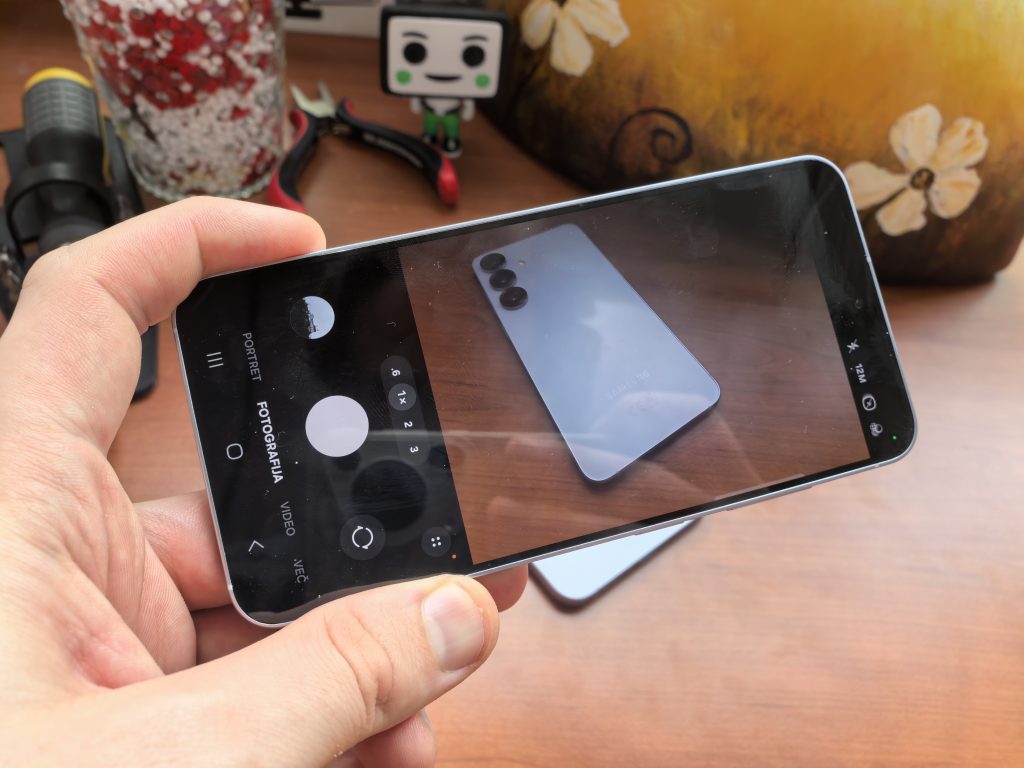
Exceptional photographer, time to upgrade to telephoto and ultra-wide angle
Samsung has created the biggest gap between the three models with the cameras. The Ultra has higher resolutions and also an additional periscope lens for even better versatility and the ability to shoot with zoom. But even the cheaper models are able to capture premium photos, full of detail, excellent contrast and vibrant colors. Yes, if we look for the little things, we find them very quickly. The quality of the photos decreases faster, especially when using the zoom. It's high time that even the basic models get an upgrade in the lenses. I'll be happy with the telephoto lens and ultra-wide, but they should save the periscope lens and the higher-resolution main camera for the Ultra. This is more than enough reason for buyers to buy the Ultra anyway, if they really want to have the best Samsung phone.
Samsung Galaxy S25 or Galaxy S25+, which one would you choose?
For me, the decision is clear. While I'll miss the compactness of the Galaxy S25, I can't give up the larger screen, so for me the Galaxy S25+ wins.
But my primary use is gaming and often watching YouTube videos, movies and series (mostly when I'm on the go) and I also like to read on my phone. If your use is the opposite, meaning you use it more for calls, messages and browsing the web, then you'll be more grateful to have a lighter and smaller phone in your hands.
You can currently get the Samsung Galaxy S25 on the open market for less than €700, last year's generation for about €100 less, provided that you browse freely. Most phones in our country are sold through operators, so I sometimes feel that I unnecessarily highlight open market prices. The Galaxy S25+ sells for around a thousand. €300 is not a small amount of money, and maybe that's what will convince you to choose the Galaxy S25.
For a similar price to the Galaxy S25+, you can also get the Xiaomi 15 and HONOR Magic7 Pro, two phones that have a smaller advantage. I've also heard a lot of good things about the OnePlus 13, but I haven't tested it yet. The Galaxy S25 doesn't have many concrete alternatives in this price range. You can find a Pixel, but mostly last year's premium phones from Samsung and other manufacturers.
Which one would you rather choose?



